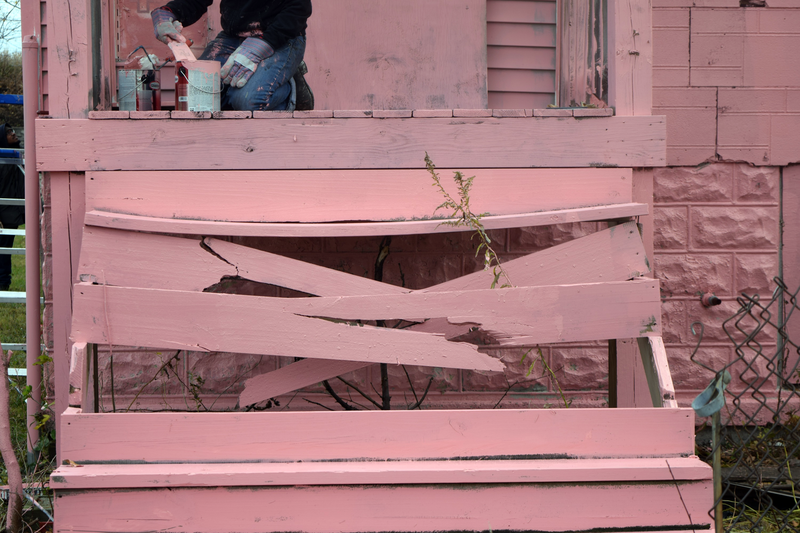On a cold Saturday morning, fifty bundled-up people painted an abandoned house the color of Flamin’ Hot Cheetos. Most of these people didn’t know each other before today: they’re risking cold fingers and paint-splattered clothing to help out Amanda Williams, a South Side-born, Cornell-trained architect who has been painting vacant and abandoned houses around the South Side as part of her most recent project, titled Color(ed) Theory. This Saturday marked her seventh and final house, and people from every chapter of her life helped see her project to completion. Williams’s architecture students directed volunteers; her sister-in-law braved the perilously unstable porch and painted the front door; her high school classmates reconnected after finding themselves painting side-by-side.
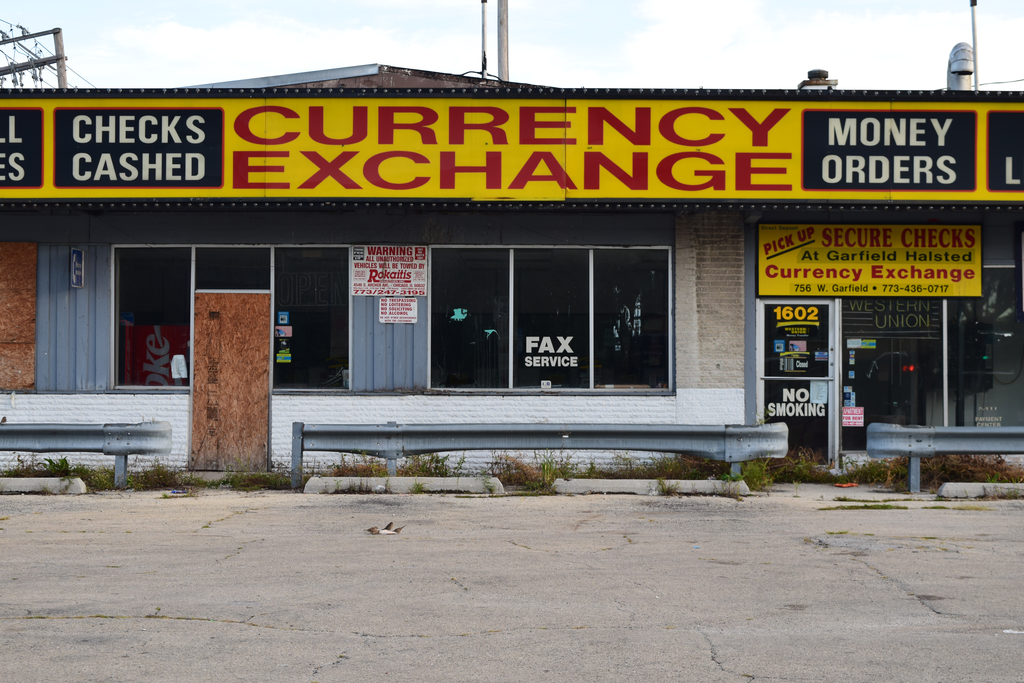
The event took place as part of the opening weekend of the inaugural Chicago Architectural Biennial, the largest international survey of contemporary architecture in North America. Almost no cultural institution in Chicago can escape the grip of architecture fever this fall, but Williams will be in the minority of Biennial participants who are focusing on local issues.
Color(ed) Theory was born out of Williams’s interest in thinking about the intersections of color, race, and space. A few years ago, she decided to stop actively practicing architecture and dedicate herself to painting, the art form she has always loved. She didn’t know what her place in the unpredictable contemporary art world would be, unsure of any “conceptual underpinnings” in her work beyond her love for color. The struggle continued until a friend suggested a seemingly simple solution—“Why don’t you just paint on the scale of architecture?” This idea planted the seed for Color(ed) Theory, a project painting seven abandoned houses on the South Side in “culturally significant” colors of Chicago’s black community. Williams hopes that infusing bursts of color amongst the onslaught of abandonment and foreclosure will draw attention to the ubiquity of disregarded and undervalued black spaces within the city.
The houses Williams painted were all slated for demolition—she did not intend the works to be permanent—but in a landscape where boarded-up homes are not rare, Williams had to think hard about which ones she felt were most important to showcase. “I thought about which ones stood really apart and isolated from the landscape, and I wanted to tell those stories,” Williams says. “I started to see them as people or characters, and think about what it would be like to be on a block where you’re isolated or abandoned or the only one left.”
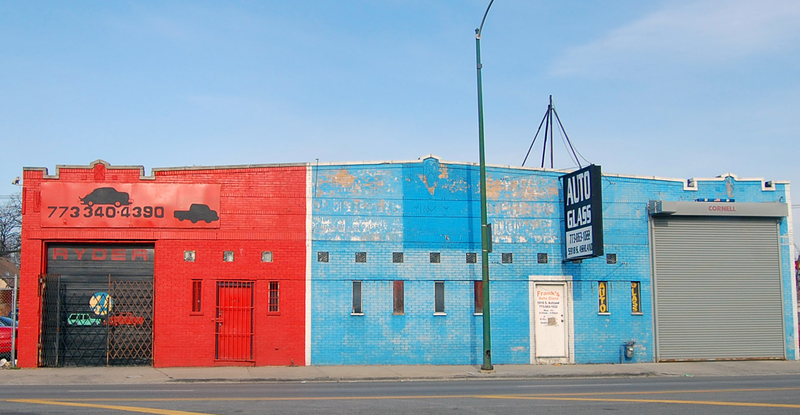
Choosing colors was a painstaking process as well, as color is one of Williams’s favorite things about the work she does. “Obsessed with color” since childhood, she’s upset to see how disregarded it currently is in the architectural world. “In a field dominated by minimalism, architecture that’s colorful is often dismissed and seen as colloquial,” says Williams. “It’s commonly used in most non-Western architecture, though, and I’ve been trying to understand the politics of that.” She started thinking about memories from her South Side childhood that were tied to a specific color. The first color she chose for the project was the shade of yellow used in Currency Exchange buildings. “It was the kind of building that you would reference through the color and not so much the type or style of building,” she says. From there, she canvassed friends at barbecues and parties for their ideas, deliberating for a long time about the list before she was finally pushed by friends to start working. Colors seen on her painted houses include Harold’s Chicken Shack Red, Newport Blue, and Pink Oil Moisturizer Pink.
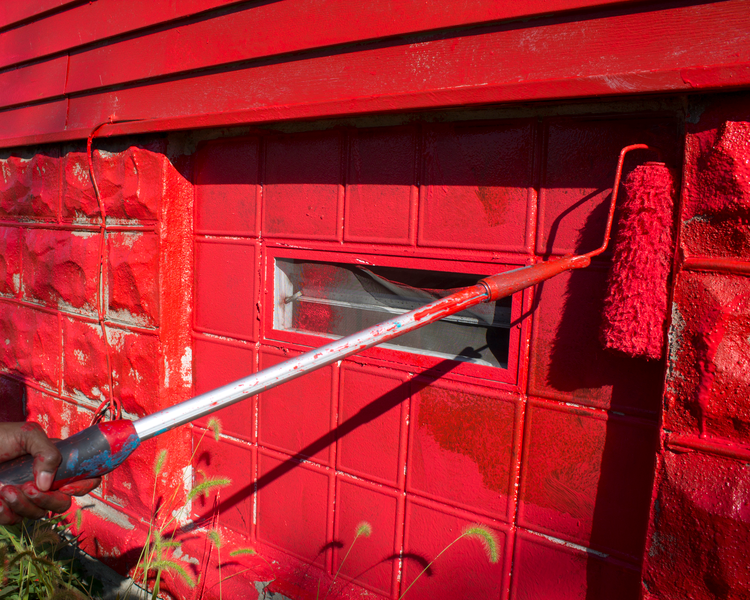
She paints the entire surface area of each house, turning them into splotches of color within a muted urban landscape that are impossible to ignore. The eye-catching quality of the houses forces a reaction from viewers, turning the project into a love-or-hate phenomenon. Neighbor reactions have ranged from appreciation to intense disapproval. She’s received praise for the beauty of the houses and complaints that they’ve become neighborhood eyesores. Williams isn’t upset about the negative feedback—she’s getting people talking, and that’s what’s important to her.
The project was also controversial in the architectural world; Williams admits that there was talk about why a project only tangentially related to architecture was included in the Biennial. Her retort is simple: who gets to decide what is and isn’t included? According to Williams, “A lot of the stuff that goes into the Biennial has no relevance to the everyday person.” She sees her role as an architect to be showcasing the field as a “part of the fabric of people’s everyday lives.”
The Biennial organizers themselves were very supportive of the project, showing interest both in her work and in promoting the conversation that her work was engaging in. They were, however, less interested in spreading that conversation beyond her piece. Their official publications state their aim as being to “facilitate radical new thought about what the built environment should be in the 21st century,” but very little of this “radical new thought,” if the Biennial’s event schedule is to be believed, is being produced farther south than Roosevelt Road.
On the South Side, much of the Biennial activity is centered around University of Chicago-related spaces and figures, with the biggest South Side player in the Biennial being the Stony Island Arts Bank—the brand new project of well-known local artist and UofC professor Theaster Gates. This space is the newest of his repurposed old buildings and has opened simultaneously with the Biennial.
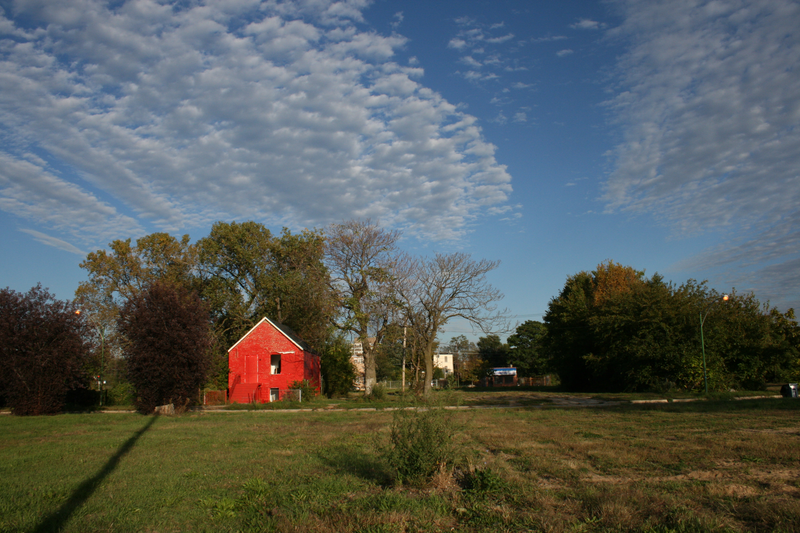
Williams acknowledges the limited South Side inclusion in the Biennial, but also hopes that by making her piece one of community participation, she can prod South Side residents to seek out cultural representation. “A lot of people say ‘Well, this isn’t for me, anyway,’ and think of cultural events like these as being something that stays downtown, she says, “but this Biennial is for all of Chicago, and there is a way you can engage.”
Her feelings about this are strong, which is to be expected, given the deep relationship she has to her home. Born in Auburn Gresham, she recently moved back to the South Side after practicing architecture in the Bay Area for years. “After ten years of living there, I still didn’t feel like it was home,” Williams says. “I bought a condo there, and I was like, ‘It’s still not home.’” In order to prove to herself that she really wanted to come back to Chicago, she decided she needed to return in the winter, moving back in January. She now lives in Bronzeville, but owns her childhood home in Auburn Gresham, where her husband also grew up. She calls these two places her “bookends” and frequently travels between them to visit her family and friends scattered throughout the South Side.
Every Sunday, her family drives to Auburn Gresham to visit her mother-in-law, continuing Williams’ years-long tradition of “Sunday drives,” where she drives around the South Side, looking at and studying the architecture found in its neighborhoods. A common critique of Color(ed) Theory is that it romanticizes poverty, but Williams says this landscape—and the questions it raises about beauty, urban space, and place making—is a large part of what inspired her to go to architecture school in the first place. “I didn’t grow up knowing a lot about the art world, but I knew that I found a lot of beauty in the spaces I grew up in,” she says.
This project has recently received a lot of attention, and Williams says she’s starting to hear herself referred to as a “cultural force” on the South Side—a reputation that comes as a surprise to her. “I haven’t really done anything; I’ve painted and brought attention to things that everybody knows, but this is not about me,” she says. The completion of the Flamin’ Red Hots house marked the end of Color(ed) Theory, and she’s already looking forward to what’s next. When asked if this project has changed her relationship to the South Side, Williams answers that it’s changed her more than it’s changed her relationship to her home. “I’m obsessing a little bit more about vacant properties—I keep driving by vacant lots and being like, ‘Oh, that’s a good one!’ before I forget that this chapter is done.”

